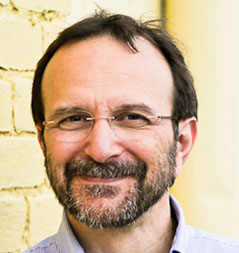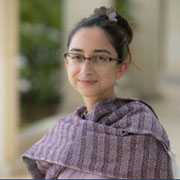The TWiV team summarizes the discovery of Sin Nombre virus, and presents evidence that neurotropic flaviviruses can cause intestinal dysmotility syndromes after systemic infection of mice.
The TWiV hosts discuss the distribution of prions in the eyes of patients with sporadic Creutzfeldt-Jacob disease, and the origins and evolution of RNA viruses.
Vaccine scientist, pediatrician, and autism dad Peter Hotez talks about his new book, Vaccines Did Not Cause Rachel’s Autism.
Michelle Flenniken joins TWiV to talk about honeybees and the work of her laboratory on honeybee viruses
Raul Andino joins Vincent and Amy to talk about the finding that a cricket paralysis virus protein restricts RNA-based immunity in insects by regulating the activity and stability of the Argonaute protein.
At the University of Zürich, Vincent speaks with virologists Cornel Fraeful, Urs Greber, and Silke Stertz about their careers and their work on AAV2, adenovirus entry, and influenza virus.
The TWiVsters review isolation of a naturally occurring DNA virus from fruit flies, and the cell-type specific function of a small transmembrane protein encoded in an open reading frame upstream of the enterovirus polyprotein.
Team TWiV cover the discovery of another giant virus from 30,000 year old Siberian permafrost, and how viral aggregation accelerates the production of new infectious viruses and increases fitness, demonstrating an Allee effect.
The TWiVidae review universal influenza vaccines that are in clinical trials, and discovery of an atypical parvovirus that causes chronic kidney disease in middle aged, immunocompromised laboratory mice.
The TWiVomers review a potential role for herpes simplex virus type 1 as a cause of Alzheimer’s Disease, including the finding that amyloid-beta acts as an antiviral by enveloping virus particles.








